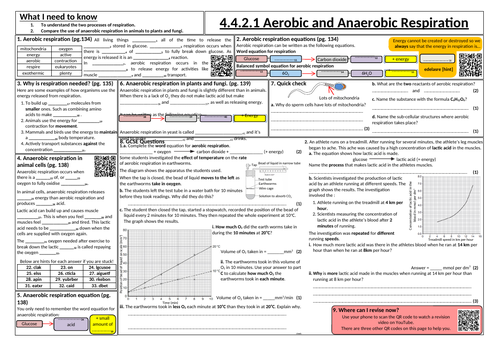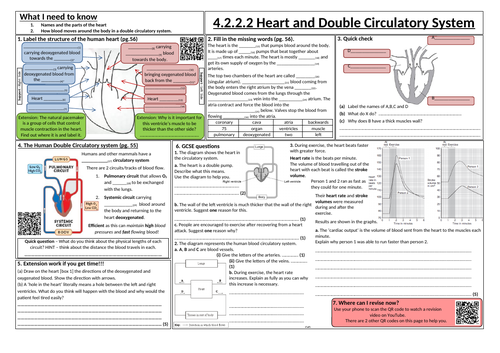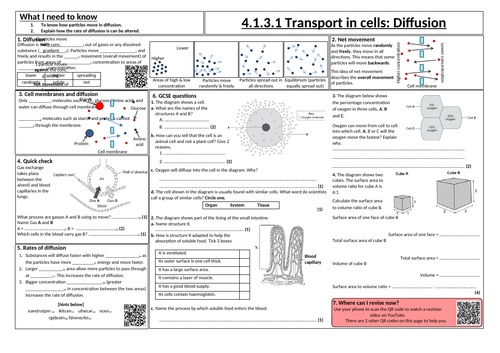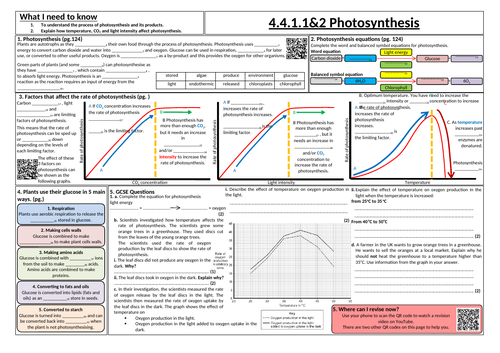
42Uploads
4k+Views
514Downloads
Biology

Developing and testing new drugs
Knowledge organiser designed to be printed in A3, however smaller scales (A4) can be used. The resource is constructed to be used for class work, independent/group learning through the sign-pointed references to textbooks, revision guides and web sites. The page numbers stated in each box can be easily adjusted to other reading/research materials.
The scaffolded work starts with painkillers and antibiotics, where we get drugs from, preclinical and clinical trials, the use of a placebo in double blind trials and ends with past paper GCSE questions.
Embedded QR codes take the student to appropriate revision sites (YouTube and BBC Bitesize).
Mark scheme is included for all answers.

Cancer
Knowledge organiser designed to be printed in A3, however smaller scales (A4) can be used. The resource is constructed to be used for class work, independent/group learning through the sign-pointed references to textbooks, revision guides and web sites. The page numbers stated in each box can be easily adjusted to other reading/research materials.
The scaffolded work starts with communicable and non-communicable diseases, benign and malignant tumours, risk factors for the development of cancer and ends with past paper GCSE questions.
Embedded QR codes take the student to appropriate revision sites (YouTube and BBC Bitesize).
Mark scheme is included for all answers.

The Carbon Cycle
Knowledge organiser designed to be printed in A3, however smaller scales (A4) can be used. The resource is constructed to be used for class work, independent/group learning through the sign-pointed references to textbooks, revision guides and web sites. The page numbers stated in each box can be easily adjusted to other reading/research materials.
The scaffolded work starts with the processes and the carbon compounds involved in the carbon cycle and ends with past paper GCSE questions.
Embedded QR codes take the student to appropriate revision sites (YouTube and BBC Bitesize).
Mark scheme is included for all answers.

Lungs and gas exchange
Knowledge organiser designed to be printed in A3, however smaller scales (A4) can be used. The resource is constructed to be used for class work, independent/group learning through the sign-pointed references to textbooks, revision guides and web sites. The page numbers stated in each box can be easily adjusted to other reading/research materials.
The scaffolded work starts with role of the lungs, lung structure, adaptations of the alveoli, composition of inhaled and exhaled air, ventilation/breathing mechanics and ends with past paper GCSE questions.
Embedded QR codes take the student to appropriate revision sites (YouTube and BBC Bitesize).
Mark scheme is included for all answers.
Bundle

RPA Photosynthesis [pondweed]
Bundle covers the RPA and differentiates between Higher and Foundation tiers. Specifically the effect of distance on light intensity.

Effect of pH and temperature on enzymes
Knowledge organiser designed to be printed in A3, however smaller scales (A4) can be used. The resource is constructed to be used for class work, independent/group learning through the sign-pointed references to textbooks, revision guides and web sites. The page numbers stated in each box can be easily adjusted to other reading/research materials.
The scaffolded work starts with appropriate notes on enzyme shape, denaturing enzymes, rates of reaction due to pH and temperature (with appropriate annotations) and ends with GCSE questions.
Embedded QR codes take the student to appropriate revision sites (YouTube and BBC Bitesize).
Mark scheme is included for all answers.

Transport in cells: Active transport
Knowledge organiser designed to be printed in A3, however smaller scales (A4) can be used. The resource is constructed to be used for class work, independent/group learning through the sign-pointed references to textbooks, revision guides and web sites. The page numbers stated in each box can be easily adjusted to other reading/research materials.
The scaffolded work starts with appropriate notes on active transport, how carrier proteins work,
comparison of diffusion, osmosis and active transport and ends with GCSE questions.
Embedded QR codes take the student to appropriate revision sites (YouTube and BBC Bitesize).
Mark scheme is included for all answers.

Transport in cells: Osmosis
Knowledge organiser designed to be printed in A3, however smaller scales (A4) can be used. The resource is constructed to be used for class work, independent/group learning through the sign-pointed references to textbooks, revision guides and web sites. The page numbers stated in each box can be easily adjusted to other reading/research materials.
The scaffolded work starts with appropriate notes on osmosis definition, permeable membranes, effect of solute concentration on water concentration, turgity of plant cells, flaccid and plasmolysis, examples of osmosis, osmosis in animal cells, prediction of osmosis in plant cell diagrams and ends with GCSE questions.
Embedded QR codes take the student to appropriate revision sites (YouTube and BBC Bitesize).
Mark scheme is included for all answers.

Heart problems
Knowledge organiser designed to be printed in A3, however smaller scales (A4) can be used. The resource is constructed to be used for class work, independent/group learning through the sign-pointed references to textbooks, revision guides and web sites. The page numbers stated in each box can be easily adjusted to other reading/research materials.
The scaffolded work starts with coronary heart disease (CHD), treating CHD (stents and statins), replacement valves, artificial pacemakers, replacement hearts and ends with past paper GCSE questions.
Embedded QR codes take the student to appropriate revision sites (YouTube and BBC Bitesize).
Mark scheme is included for all answers.

Response to Exercise and Metabolism [foundation tier]
Knowledge organiser designed to be printed in A3, however smaller scales can be used. The resource is constructed to be used for class work, independent/group learning through the sign-pointed references to textbooks, revision guides and web sites. The page numbers stated in each box can be easily adjusted to other reading/research materials.
The scaffolded work starts with how the breathing and circulatory system responds to exercise, metabolism (including examples) and ends with past paper GCSE questions.
Embedded QR codes take the student to appropriate revision sites (YouTube and BBC Bitesize).
Mark scheme is included for all answers.

Fungal and Protist diseases
Knowledge organiser designed to be printed in A3, however smaller scales can be used. The resource is constructed to be used for class work, independent/group learning through the sign-pointed references to textbooks, revision guides and web sites. The page numbers stated in each box can be easily adjusted to other reading/research materials.
The scaffolded work starts with appropriate notes on rose black spot, malaria and how to disrupt the life cycle of mosquitoes (vectors for the plasmodium) and ends with GCSE questions.
Embedded QR codes take the student to appropriate revision sites (YouTube and BBC Bitesize).
Mark scheme is included for all answers.

Viral and Bacterial diseases
Knowledge organiser designed to be printed in A3, however smaller scales can be used (A4). The resource is constructed to be used for class work, independent/group learning through the sign-pointed references to textbooks, revision guides and web sites. The page numbers stated in each box can be easily adjusted to other reading/research materials.
The scaffolded work starts with appropriate notes on measles, HIV/AIDS and TMV, appropriate notes on salmonella and gonorrhoea, antibiotics and ends with GCSE questions.
Embedded QR codes take the student to appropriate revision sites (YouTube and BBC Bitesize).
Mark scheme is included for all answers.

Mitosis and the cell cycle
Knowledge organiser designed to be printed in A3, however smaller scales can be used. The resource is constructed to be used for class work, independent/group learning through the sign-pointed references to textbooks, revision guides and web sites. The page numbers stated in each box can be easily adjusted to other reading/research materials.
The scaffolded work starts with appropriate notes on human genetics, the need for cell division, the cell cycle stages, what happens to the chromosomes at each stage and ends with GCSE questions.
Embedded QR codes take the student to appropriate revision sites (YouTube and BBC Bitesize).
Mark scheme is included for all answers.

RPA Photosynthesis [pondweed - higher tier]
Knowledge organiser designed to be printed in A3, however smaller scales can be used. The resource is constructed to be used for class work, independent/group learning through the sign-pointed references to textbooks, revision guides and web sites. The page numbers stated in each box can be easily adjusted to other reading/research materials.
The scaffolded work starts with the methodology, YouTube based experiment simulation, record of results, illustrating work in graph form, conclusion of results, control factors and experiment improvements.
In addition to the foundation based RPA Photosynthesis sheet, this sheet covers the inverse square law and how distance affects the light intensity and therefore the rate of photosynthesis.
Embedded QR codes take the student to appropriate revision sites (YouTube and BBC Bitesize).
Mark scheme is included for all answers.

RPA Photosynthesis [pondweed]
Knowledge organiser designed to be printed in A3, however smaller scales can be used. The resource is constructed to be used for class work, independent/group learning through the sign-pointed references to textbooks, revision guides and web sites. The page numbers stated in each box can be easily adjusted to other reading/research materials.
The scaffolded work starts with the methodology, YouTube based experiment simulation, record of results, illustrating work in graph form, conclusion of results, control factors and experiment improvements.
Embedded QR codes take the student to appropriate revision sites (YouTube and BBC Bitesize).
Mark scheme is included for all answers.

Aerobic and Anaerobic respiration
Knowledge organiser designed to be printed in A3, however smaller scales can be used. The resource is constructed to be used for class work, independent/group learning through the sign-pointed references to textbooks, revision guides and web sites. The page numbers stated in each box can be easily adjusted to other reading/research materials.
The scaffolded work starts with appropriate aerobic respiration note, aerobic respiration word and balanced symbol equations, the need for respiration, anaerobic respiration in animals/plants& fungi, anaerobic respiration word equations and ends with past paper GCSE questions.
Embedded QR codes take the student to appropriate revision sites (YouTube and BBC Bitesize).
Mark scheme is included for all answers.

Heart and Double Circulatory System
Knowledge organiser designed to be printed in A3, however smaller scales (A4) can be used. The resource is constructed to be used for class work, independent/group learning through the sign-pointed references to textbooks, revision guides and web sites. The page numbers stated in each box can be easily adjusted to other reading/research materials.
The scaffolded work starts with the structure of the heart, heart notes, double circulatory system, extension activities and ends with past paper GCSE questions.
Embedded QR codes take the student to appropriate revision sites (YouTube and BBC Bitesize).
Mark scheme is included for all answers.

Transport in Cells: Diffusion
Knowledge organiser designed to be printed in A3, however smaller scales can be used. The resource is constructed to be used for class work, independent/group learning through the sign-pointed references to textbooks, revision guides and web sites. The page numbers stated in each box can be easily adjusted to other reading/research materials.
The scaffolded work starts with the diffusion notes, concept of net movement, cell membranes and diffusion, factors that affect diffusion and ends with past paper GCSE questions.
Embedded QR codes take the student to appropriate revision sites (YouTube and BBC Bitesize).
Mark scheme is included for all answers.

Photosynthesis, limiting factors and uses of glucose
Knowledge organiser designed to be printed in A3, however smaller scales can be used. The resource is constructed to be used for class work, independent/group learning through the sign-pointed references to textbooks, revision guides and web sites. The page numbers stated in each box can be easily adjusted to other reading/research materials.
The scaffolded work starts with the photosynthesis notes, photosynthesis equations, limiting factors of photosynthesis (including annotated graphs), how the plant uses its glucose and ends with past paper GCSE questions.
Embedded QR codes take the student to appropriate revision sites (YouTube and BBC Bitesize).
Mark scheme is included for all answers.

Feeding relationships
Feeding relationships (interdependence) PowerPoint that links with the Feeding relationships Q&A and Foodweb activity. The PowerPoint includes appropriate notes and links to YouTube.



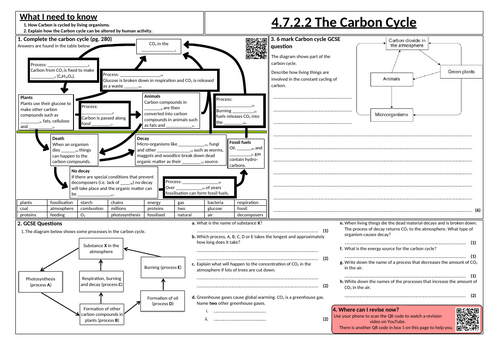
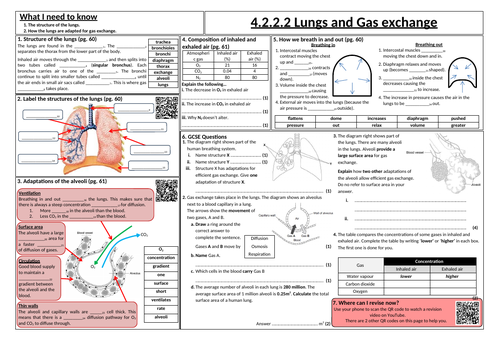
![RPA Photosynthesis [pondweed]](https://d1e4pidl3fu268.cloudfront.net/657e822d-cf35-4d88-9a19-03f1d39325fb/Pondweed.crop_616x461_56,0.preview.png)
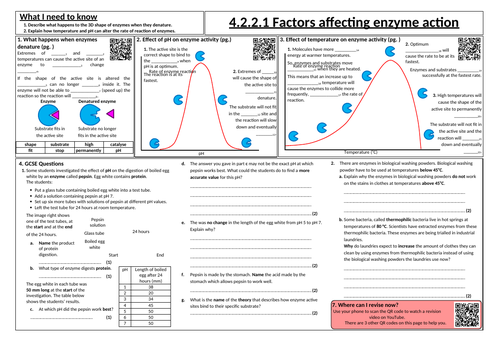
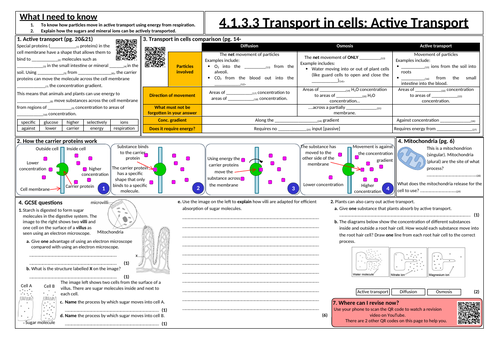
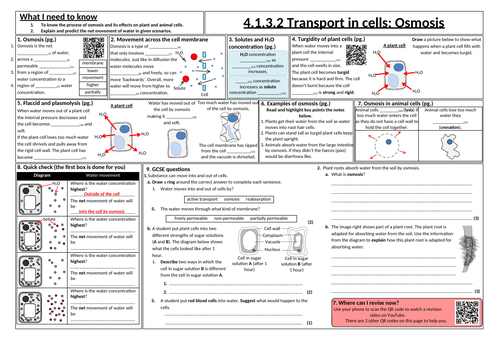
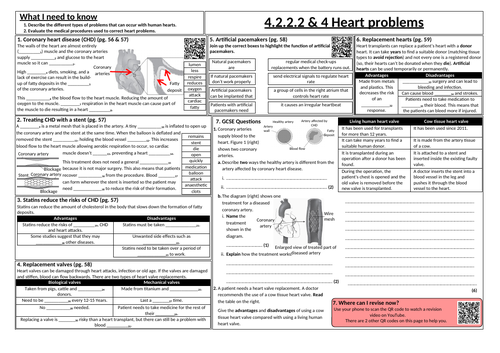
![Response to Exercise and Metabolism [foundation tier]](https://dryuc24b85zbr.cloudfront.net/tes/resources/12858185/image?width=500&height=500&version=1687934898405)
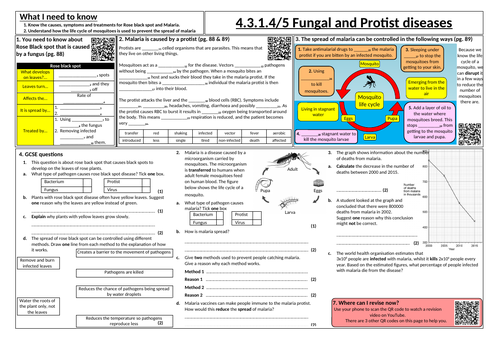
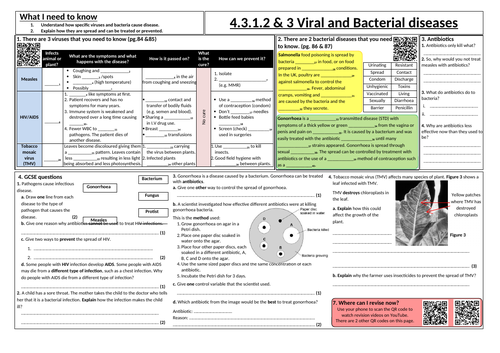
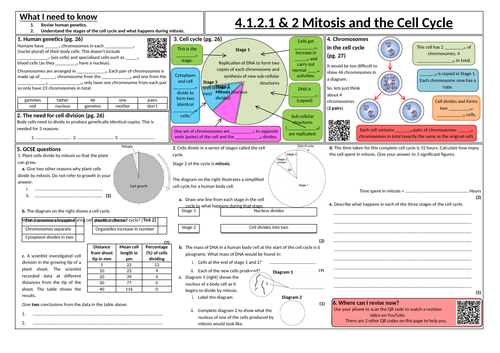
![RPA Photosynthesis [pondweed - higher tier]](https://dryuc24b85zbr.cloudfront.net/tes/resources/12707589/image?width=500&height=500&version=1687935015932)
![RPA Photosynthesis [pondweed]](https://dryuc24b85zbr.cloudfront.net/tes/resources/12707585/image?width=500&height=500&version=1687935033523)
